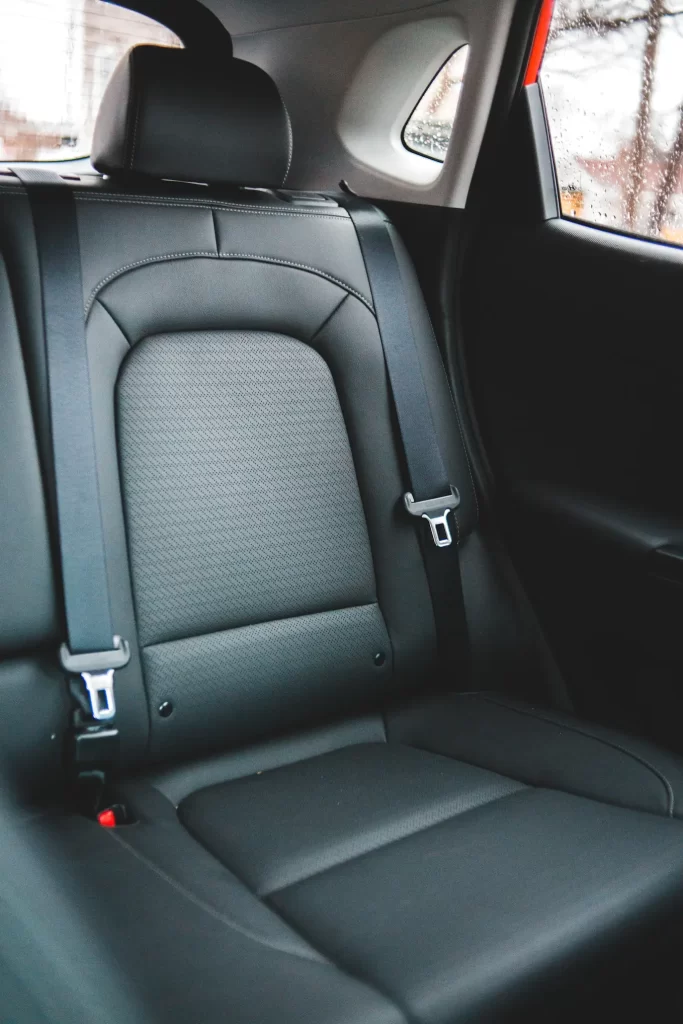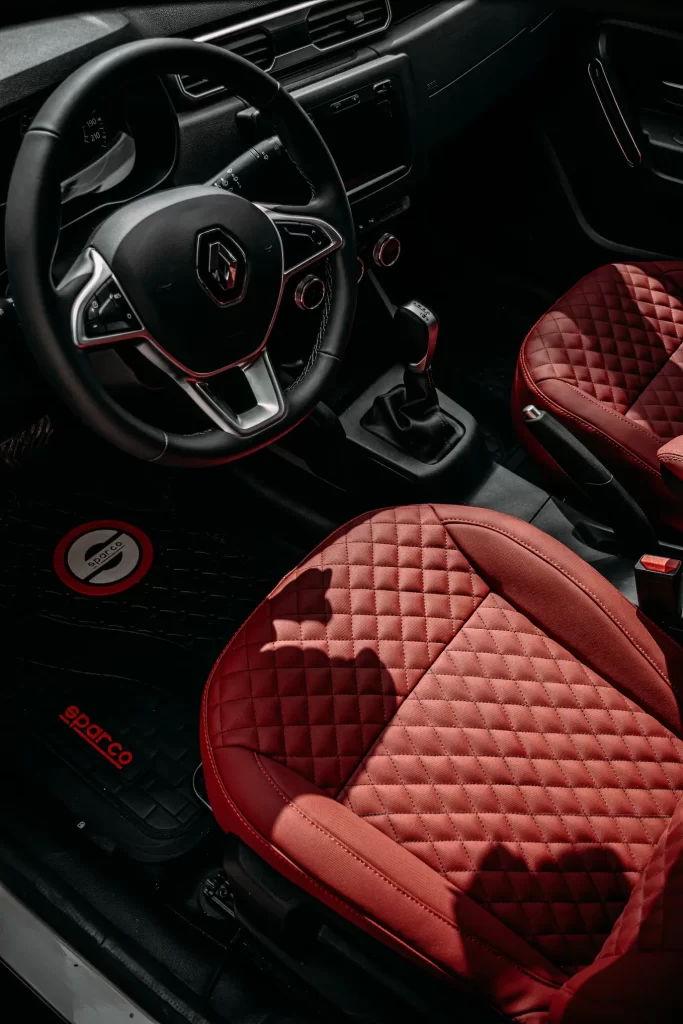According to the Adroit Market Research estimations, the size of the global market for automotive coated fabrics was estimated to be USD 31,948.89 million and is expected to increase to USD 42,047.77 million by 2030, rising at a CAGR of 5.10% from 2021 to 2030.
Automobile-coated fabrics are specialized textiles that have had different polymers or elastomers applied to them to improve their performance and tensile strength in automobile applications. The manufacturing of interior and external parts for cars, including seats, door panels, headliners, and sunroofs, makes substantial use of these textiles.
To improve the quality of automobile textiles, a variety of coatings are utilized, including silicone, acrylics, polyvinyl chloride (PVC), and thermoplastic polyurethane (TPU). PVC coatings are frequently utilized because they are affordable, strong, and resistant to chemicals and abrasion. While silicone coatings provide high-temperature resistance and weather ability, TPU coatings are more flexible and resilient than PVC coatings. Compared to conventional textiles, automotive-coated fabrics have better water resistance, abrasion resistance, and durability. They are also simple to maintain and clean, which makes them perfect for car interiors that are prone to spills and stains. Coated textiles can also be altered to fulfil particular demands for appearance, texture, and colour.
In the upcoming years, it is anticipated that the global market for automotive coated fabrics will expand significantly due to factors such as rising consumer demand for luxurious interiors, rising consumer preference for lightweight and fuel-efficient vehicles, and increasing awareness of the advantages of coated fabrics. Sustainable and environmentally friendly coatings manufactured from recycled materials or bio-based sources are becoming more popular due to rising environmental concerns and legislation. As manufacturers work to lessen their environmental impact and satisfy customer needs for eco-friendly materials, this trend is anticipated to gain traction in the market for automotive-coated textiles.
Demand for coated materials with extra functionality like heat resistance, antibacterial qualities, and sensor compatibility could increase as connected and autonomous vehicles become more popular. It is anticipated that the car sector would use smart coatings that can detect changes in humidity, pressure, or temperature more often.

Due to their affordability and durability, PVC coatings are anticipated to continue being the most popular type of coating for automotive fabrics. Alternative coatings, like TPU and silicone, which offer better qualities like improved flexibility and weather ability, are drawing more attention, though. The growing use of hybrid and electric cars, which need lightweight and efficient materials to enhance performance and fuel efficiency, is another factor driving the market for automotive-coated textiles.
The usage of automobile-coated textiles increased during the 1970s and 1980s thanks to the development of fresh coatings like silicone and TPU. These coatings were employed for a larger variety of applications, including sunroofs, headliners, and dashboard coverings.
Lightweight and fuel-efficient automobiles are becoming more and more in demand as a result of rising environmental concerns and laws. Since coated fabrics are lightweight, strong, and simple to maintain, they are a preferred material for automotive interiors. Premium and high-end interiors are becoming more and more in demand from consumers for their cars. Coated textiles are the perfect choice for high-end automobile interiors since they provide a variety of personalization possibilities in terms of colors, textures, and designs.
To increase performance and fuel economy, electric and hybrid cars need materials that are lightweight and efficient. Due to their lightweight and durability, coated fabrics are a preferred material for both the interior and exterior of electric and hybrid vehicles. As a result of ongoing advancements in coating technology, automobile-coated textiles now have better flexibility, weather resistance, and antibacterial qualities. These advances have led to a rise in the demand for coated textiles in the automotive industry.
In developing nations like China, India, and Brazil, the automotive industry is growing swiftly. Due to their affordability and durability as interior and exterior materials for automobiles, coated textiles are in high demand in various sectors as a result of this expansion.
These trends and opportunities are expected to lead to a considerable increase in the market for automotive-coated textiles over the following few years. To suit the changing demands of the automobile industry, major market participants are spending on research and development to create new and inventive coatings and textiles.





























